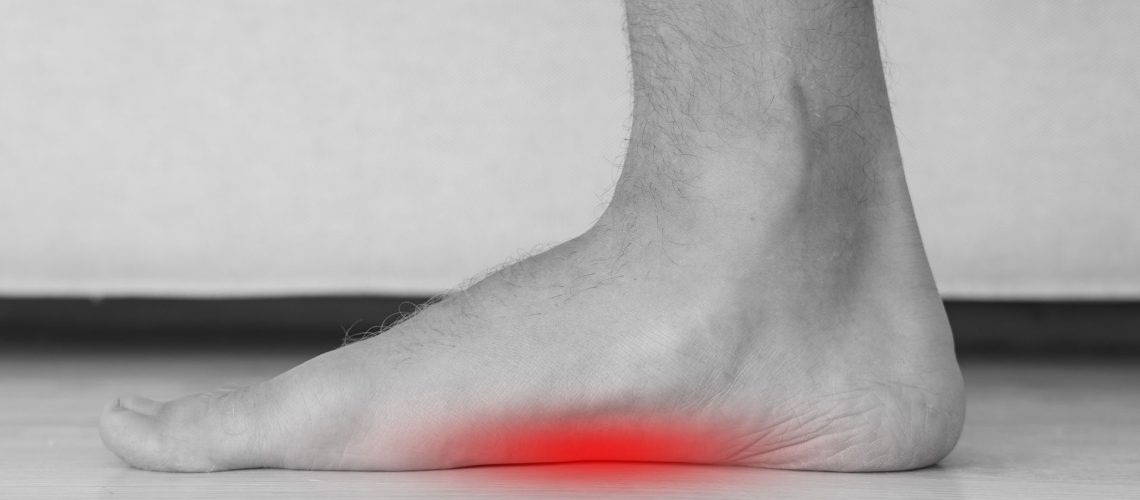All babies have flat feet at birth. Arches typically form by age 6. About 2 out of 10 children still have flat feet as adults.
What are flat feet?
Having flat feet, also known as collapsed or fallen arches, is a condition where one or both feet have little to no arch. When you stand, the pads of the feet press into the ground. Typically, you can’t see an arch in the foot, though sometimes the arch appears when you lift the foot.
Types of Flat Feet
Flat feet can pose problems whether they persist after childhood or develop in adulthood
Flexible
Flexible flat feet are the most common. You can see the arches in the feet when you aren’t standing. The arches disappear when you put weight on the feet. Flexible flatfoot develops during childhood into teen years. It affects both feet and gradually gets worse with age. Tendons and ligaments in the arches of the feet can stretch, tear and swell.
Rigid
A person with rigid flat feet has no arches when standing or sitting. This condition often presents during the teen years and gets worse with age. Your feet may feel painful. It can be difficult to flex the feet up or down or move them side-to-side. Flatfoot may affect one foot or both.
Adult-acquired (fallen arch)
With an adult-acquired flat foot (fallen arch), the foot’s arch unexpectedly drops or collapses. The fallen arch causes the foot to turn outward and can be painful. The problem may affect only one foot. The most common cause is inflammation or a tear in one of the leg tendons (posterior tibial tendon) that supports the arch.
Vertical talus and tarsal coalitions
Some babies have a congenital defect called vertical talus (abnormal positioning of ankle bone) or a tarsal coalition (abnormal extra bone fusing joints in the hindfoot) that prevents arches from forming.
Is Flatfoot a Problem?
Many people with flat feet don’t have significant problems or need treatment. If you start to experience pain, stiffness or other symptoms, your healthcare provider may recommend non-surgical treatments, such as Nonsteroidal anti-inflammatory drugs (NSAIDs), Physical therapies, and/or Supportive devices.

